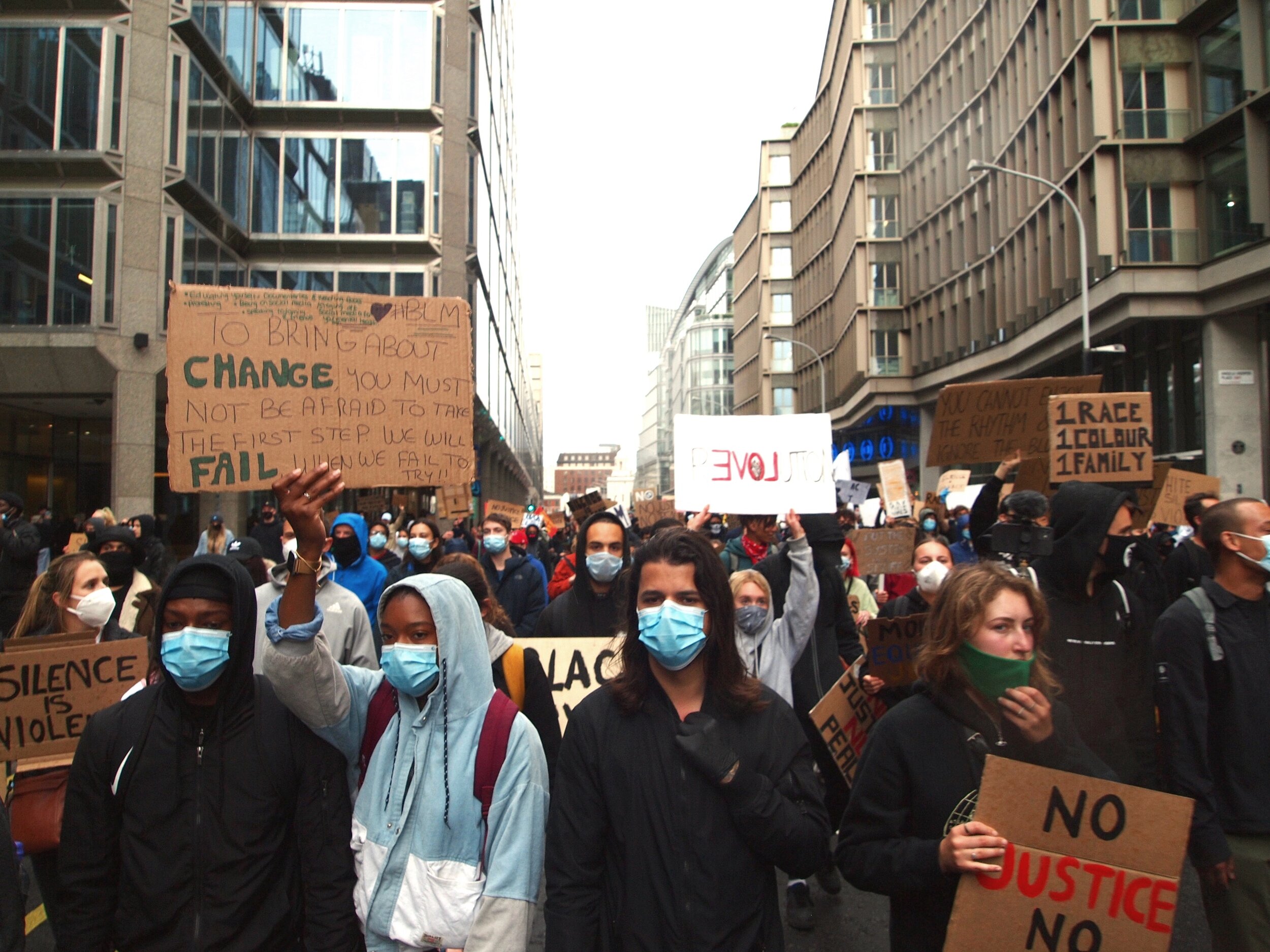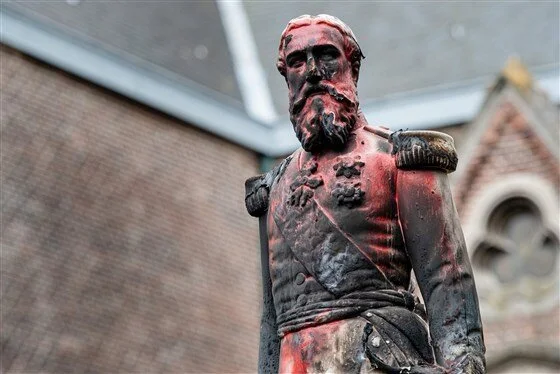Melissa Jun Rowley is a journalist, entrepreneur and activist focused on the intersection of storytelling, technology and social justice.
As the founder and CEO of Humanise, Inc., Melissa Jun Rowley is developing TheToolbox.org, a data-driven humanitarian initiative created by acclaimed musician Peter Gabriel. CATALYST had the chance to catch up with Melissa to learn more about Humanise in Detroit and Melissa’s path to social entrepreneurship.
How did your experience with TheToolbox.org inspire you to develop Humanise, Inc.?
TheToolbox.org is an online destination, founded by Peter Gabriel, that connects people to apps that can help them improve their lives and become everyday activists. I first became involved as an editorial consultant, and was developing stories while curating tools that promote social impact.
For example, there’s an app you can scan over a product’s barcode to see if human trafficking was involved in the product chain. While apps like these are interesting and useful, they’re under-utilized given their lack of commercial and entertainment value.
We came to the conclusion that the site itself is a valuable database of tools, but in order to have an impact, we need to go into the field and get people on the ground using the tools, and providing feedback about how they can be improved. That’s where Humanise comes in: It was created to function as the parent company of TheToolbox.org. The tools we curate are now one of three pillars. We’ve evolved into an organization that promotes human rights through technology, storytelling, AND collaboration with local communities.
Can you describe some of the projects that Humanise has initiated since its founding?
We decided to take Humanise to Detroit, primarily because there’s a lot of data-driven development unfolding in the city. Also, I grew up an hour outside of the D and am in love with the entrepreneurial community there. They’re so spirited. They’re the genuine article.
While money is being directed to development in certain districts, such as downtown, the neighborhoods on the outskirts are tragically deprived of funding and resources. Forty percent of the people in Detroit don’t have Internet access, and 40 percent can’t pay their water bills. It’s a first world city crawling with third world problems!
In the year 2015, there are no excuses for letting people in our own backyard suffer like this. We need to meet them where they are, not where we think they should be, and we need to collectively solve the problems from the ground up — not the top down.
So we started thinking of ways we can work with technology providers to foster digital inclusion. We’ve been working closely with community activists in the Detroit neighborhood of Morningside to understand the neighborhood’s needs and aspirations. We’ve connected them with a smart city advisory to see if the area is eligible for some pretty revolutionary technology. Some of the Detroiters we know are going to use TheToolbox.org as their own citizen journalism platform, where they can publish stories about their neighborhood and discuss the tools they find the most empowering.
If we’re able to provide connectivity for this neighborhood, we may be able to do the same thing in some of Detroit’s other hardest hits zones.
Before developing Humanise, Inc., you spent much of your career as a journalist. How did working in journalism influence your interest in social entrepreneurship?
Being a journalist is the way I became an entrepreneur, really. I worked in TV when I was younger, producing business news updates for CNN and then covering entertainment in Hollywood. The red carpet was my second home. But eventually, I started to feel like I was losing my soul. I became a journalist because I wanted to help connect people through storytelling — not perpetuate the dumbing down of the country, which is what I felt like I was doing half the time, particularly when I was asked to start quoting TMZ in stories. I knew that was the end.
I left Los Angeles, and I started focusing on nonprofits and social responsibility movements. I quickly discovered that I couldn’t make any money that way. Two years later, I began developing content for companies that have a social mission. This was when I started to view myself as more of an entrepreneur. But I’m always going to be a journalist at heart, always looking for the truth and humanity in every story.
Do you have any advice for future journalists or entrepreneurs?
These days, if you’re going to be a journalist, you have to be an entrepreneur. By that I mean, you need to think like an entrepreneur. You need to be constantly thinking of different strategies, who you can connect with, and how you can build your brand and business. It was this mindset that led me to TheToolbox.org and Peter Gabriel.
A second piece of advice is that the best way to develop an idea is to collaborate and find some common core or level of connectivity in the heart of why you’re doing what you’re doing. It’s only through that kind of commitment that you can build a business that has meaning. It’s not easy. But the people you meet along the way will change your life and expand your heart and mind in ways you’ve never dreamed of. I can promise you that.
LEARN MORE ABOUT HUMANISE, INC. HERE.
Sarah Sutphin
Sarah is an undergraduate at Yale University and a content editor for CATALYST. As a traveler who has visited 30 countries (and counting!), she feels passionate about international development through sustainable mechanisms. Sarah has taken an interest in the intersection between public health and theater, and hopes to create a program that utilizes these disciplines for community empowerment. She is a fluent Spanish speaker with plans to take residence in Latin American after graduation.

































































